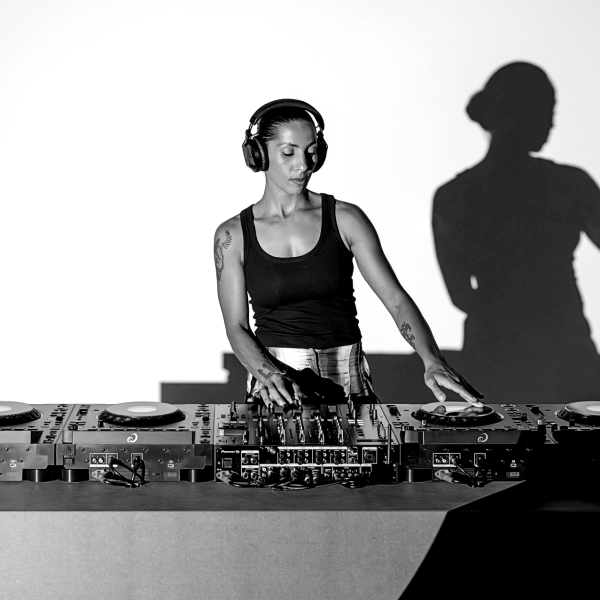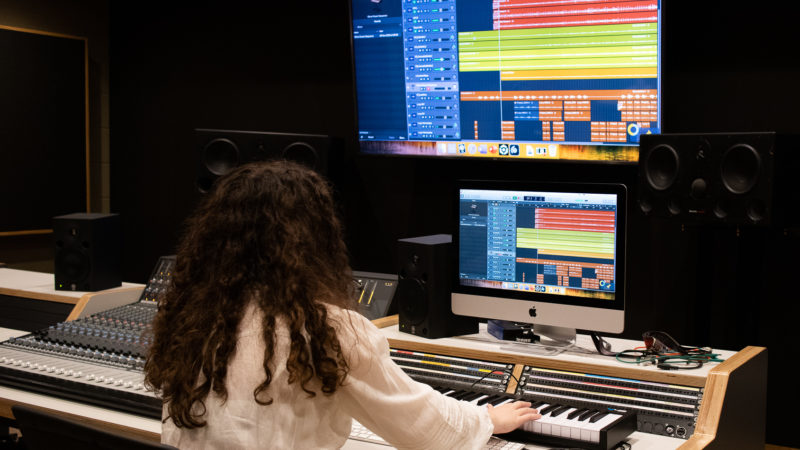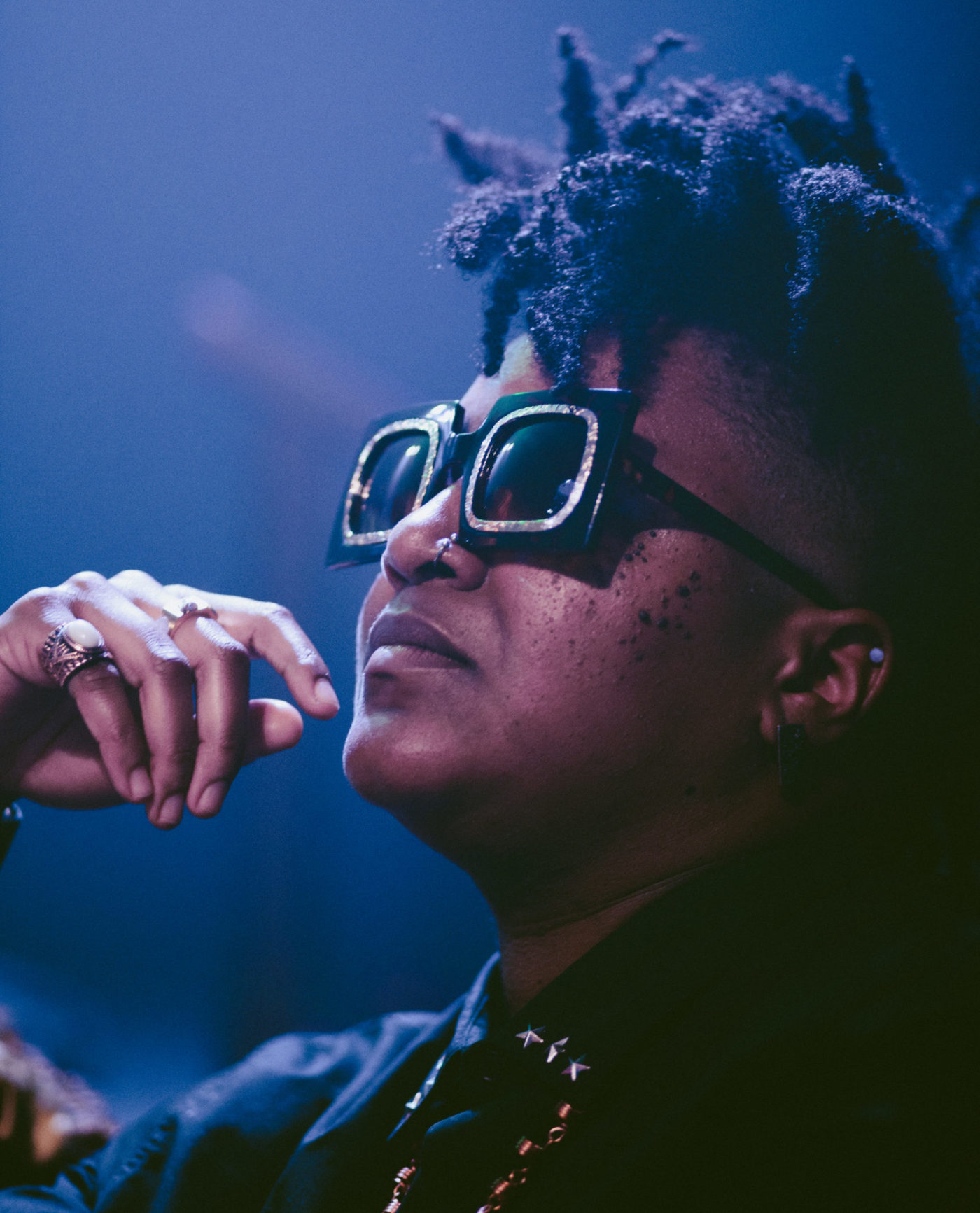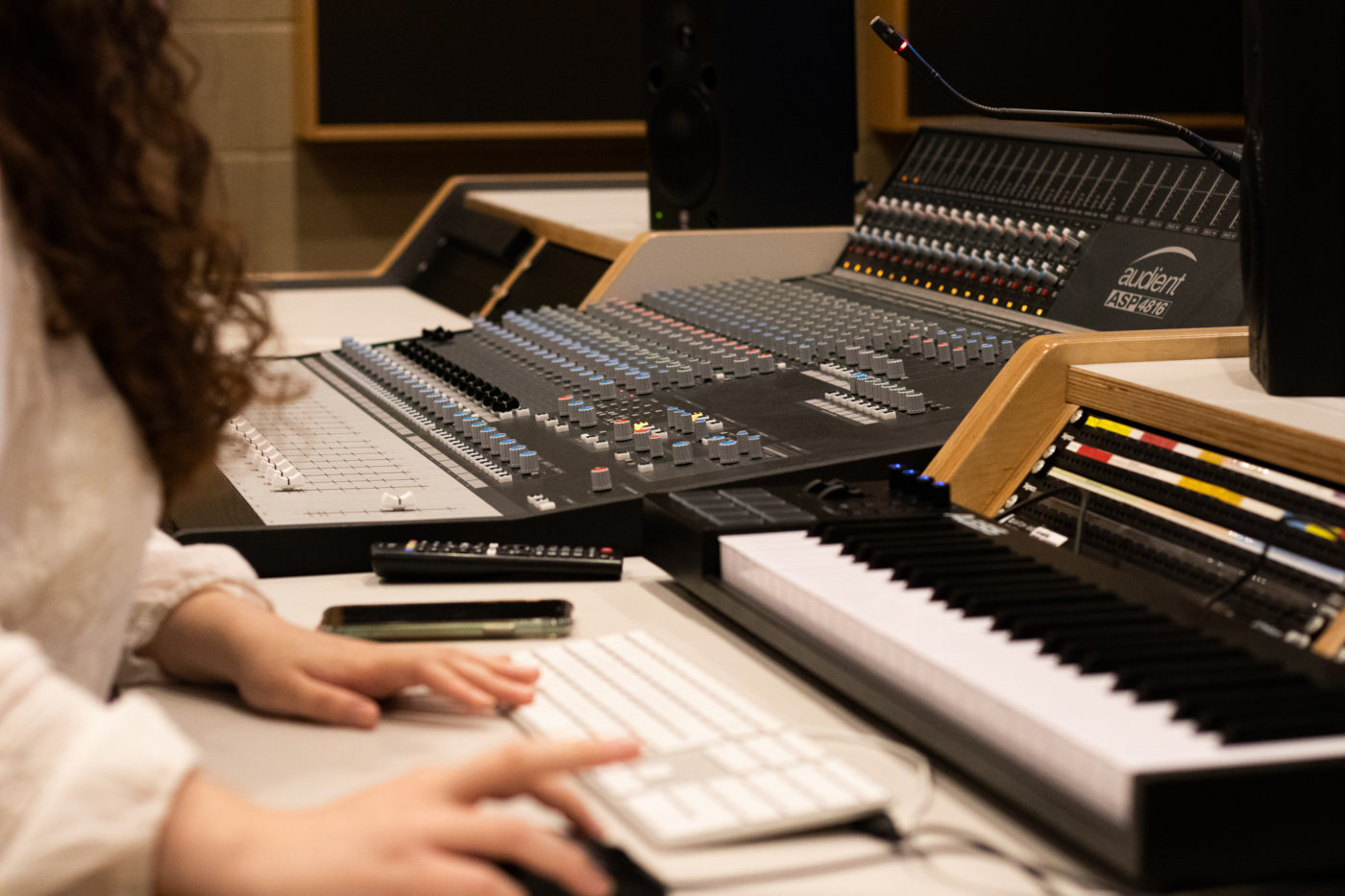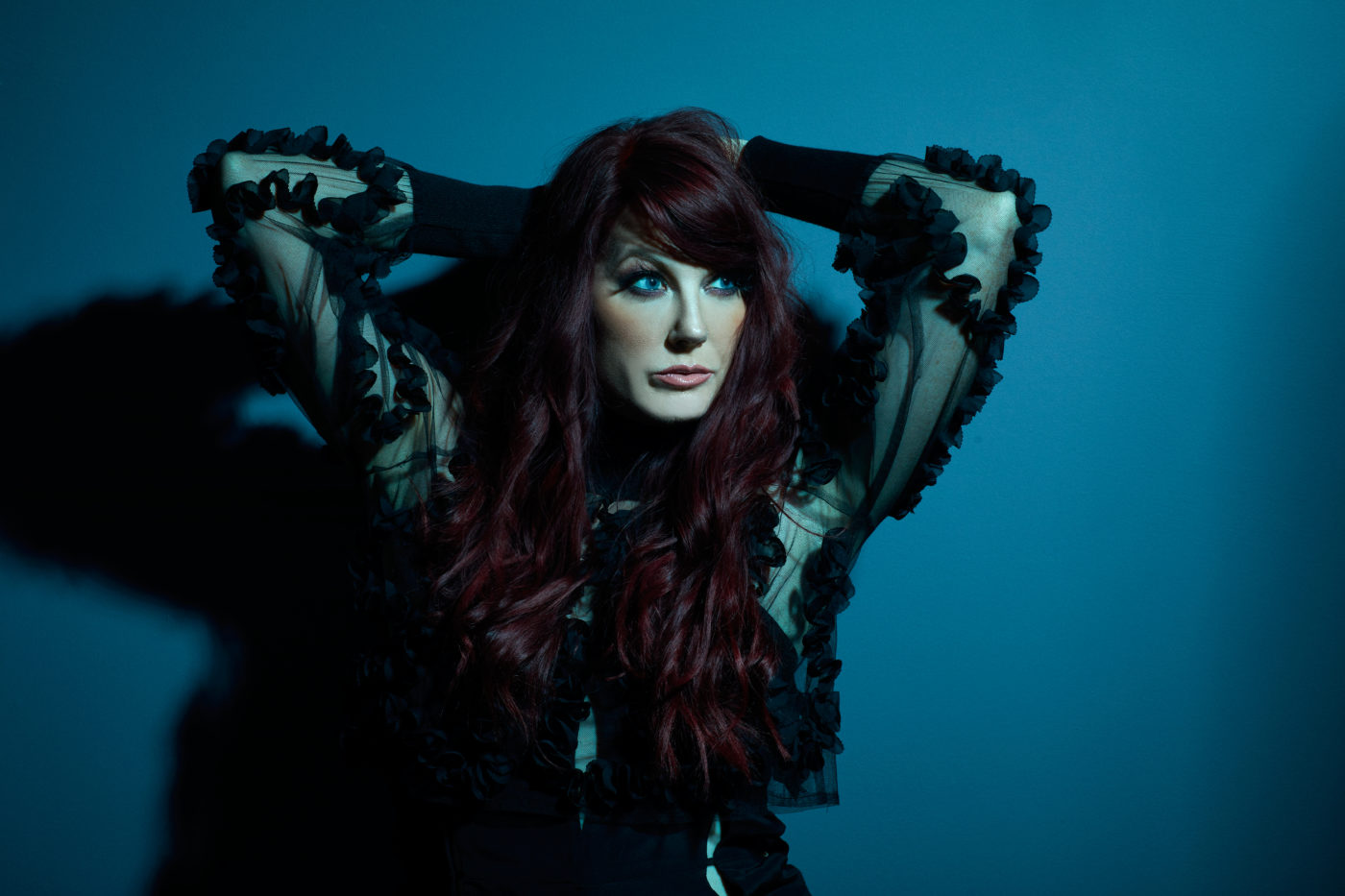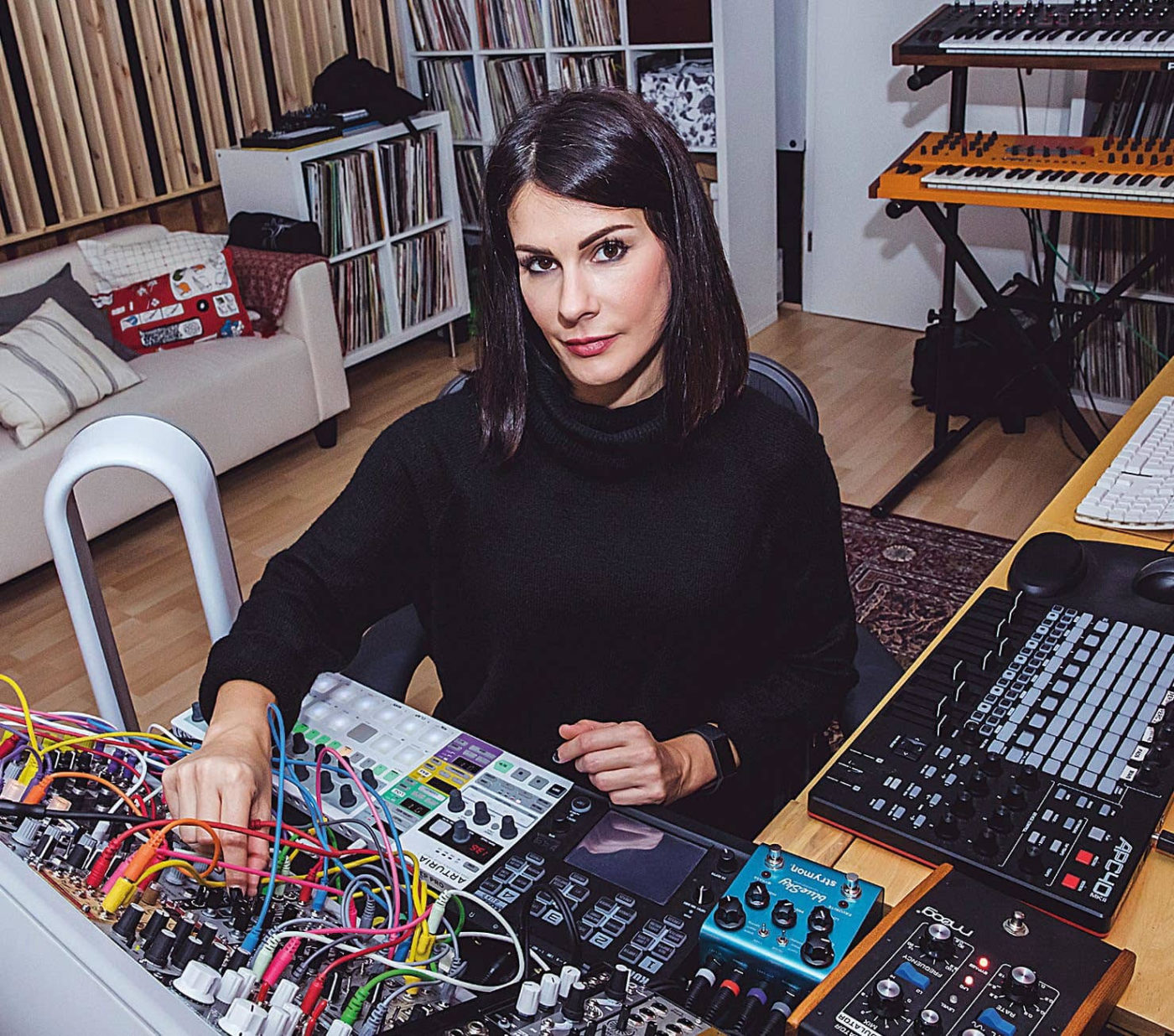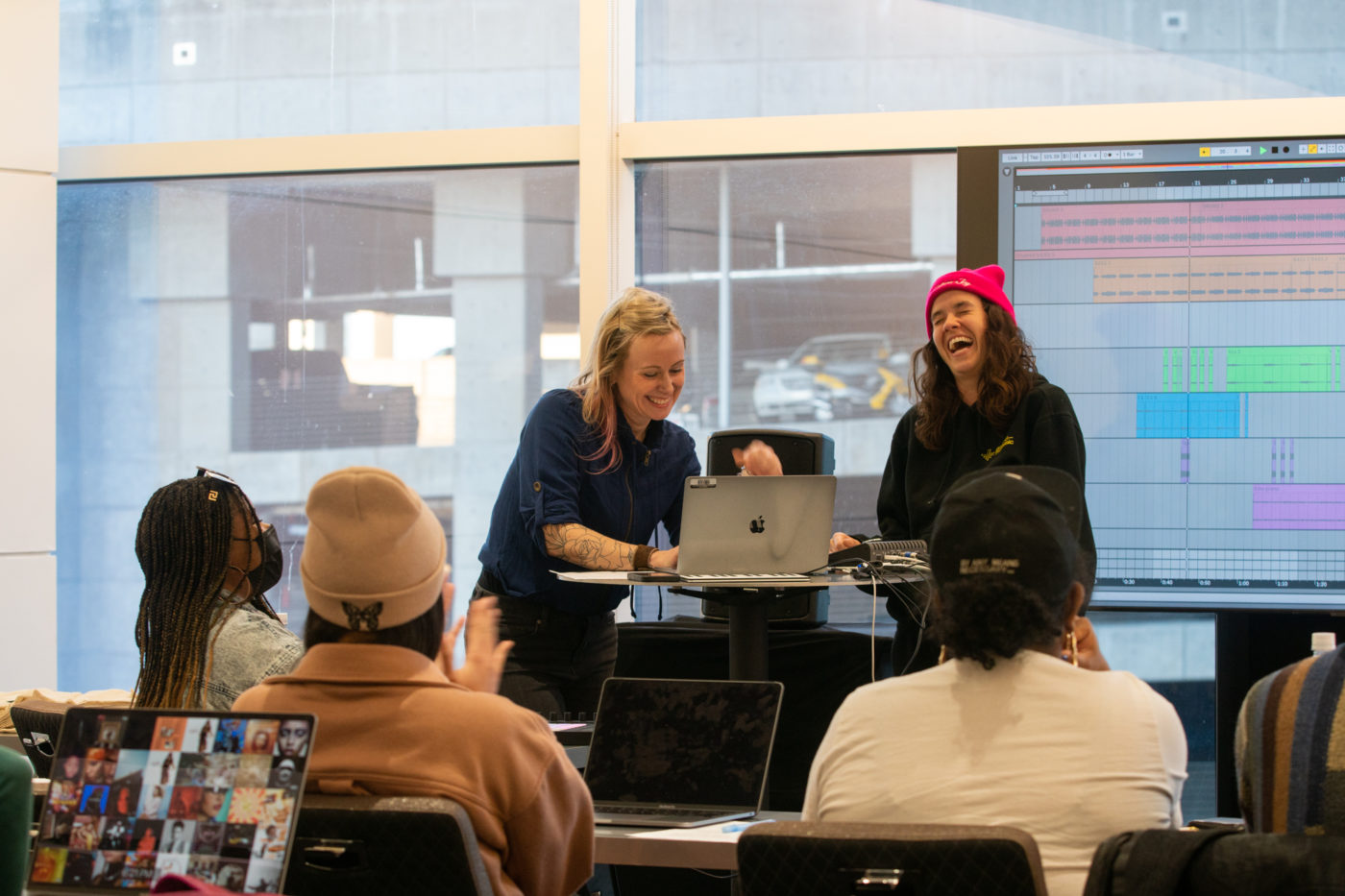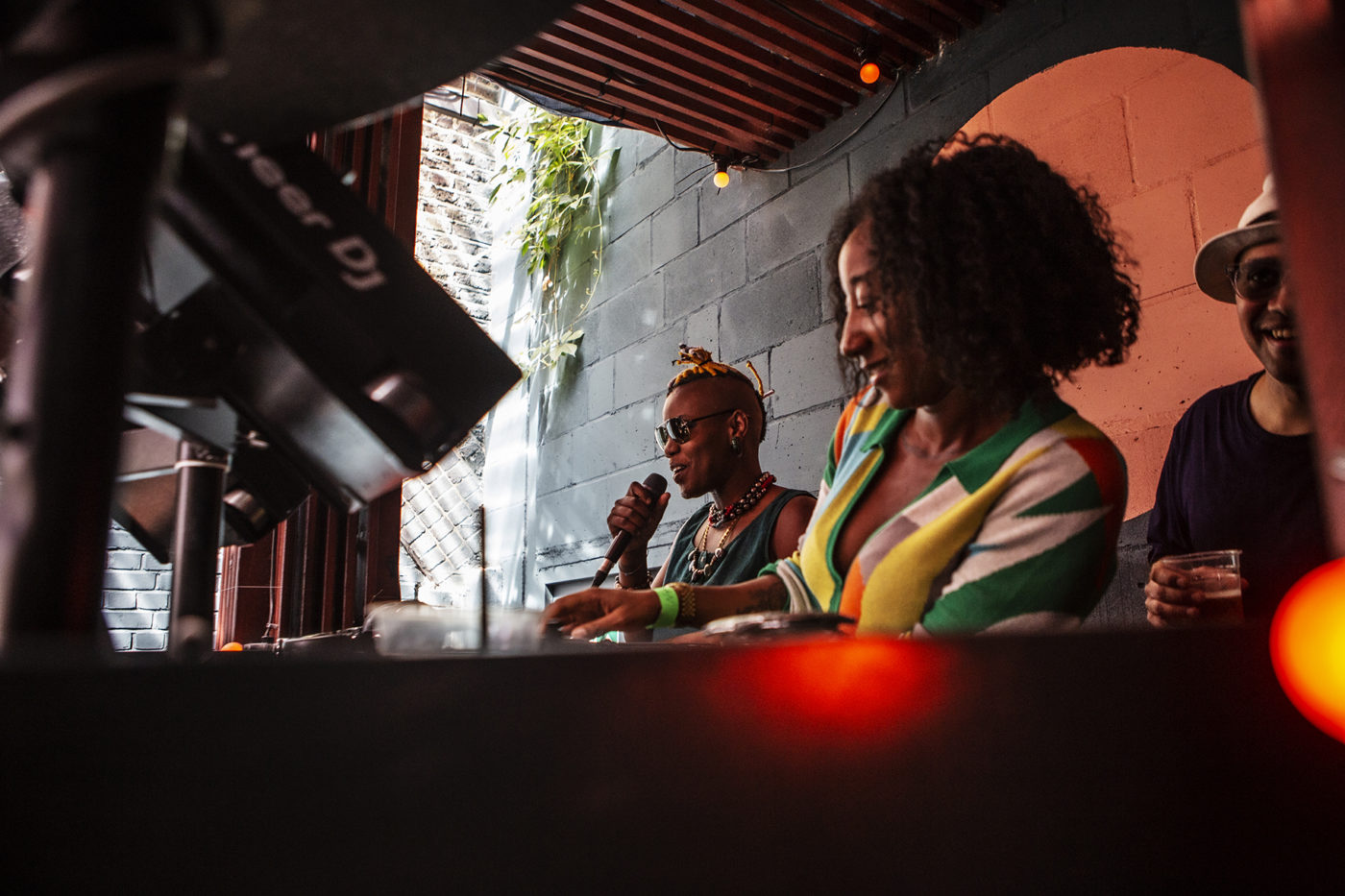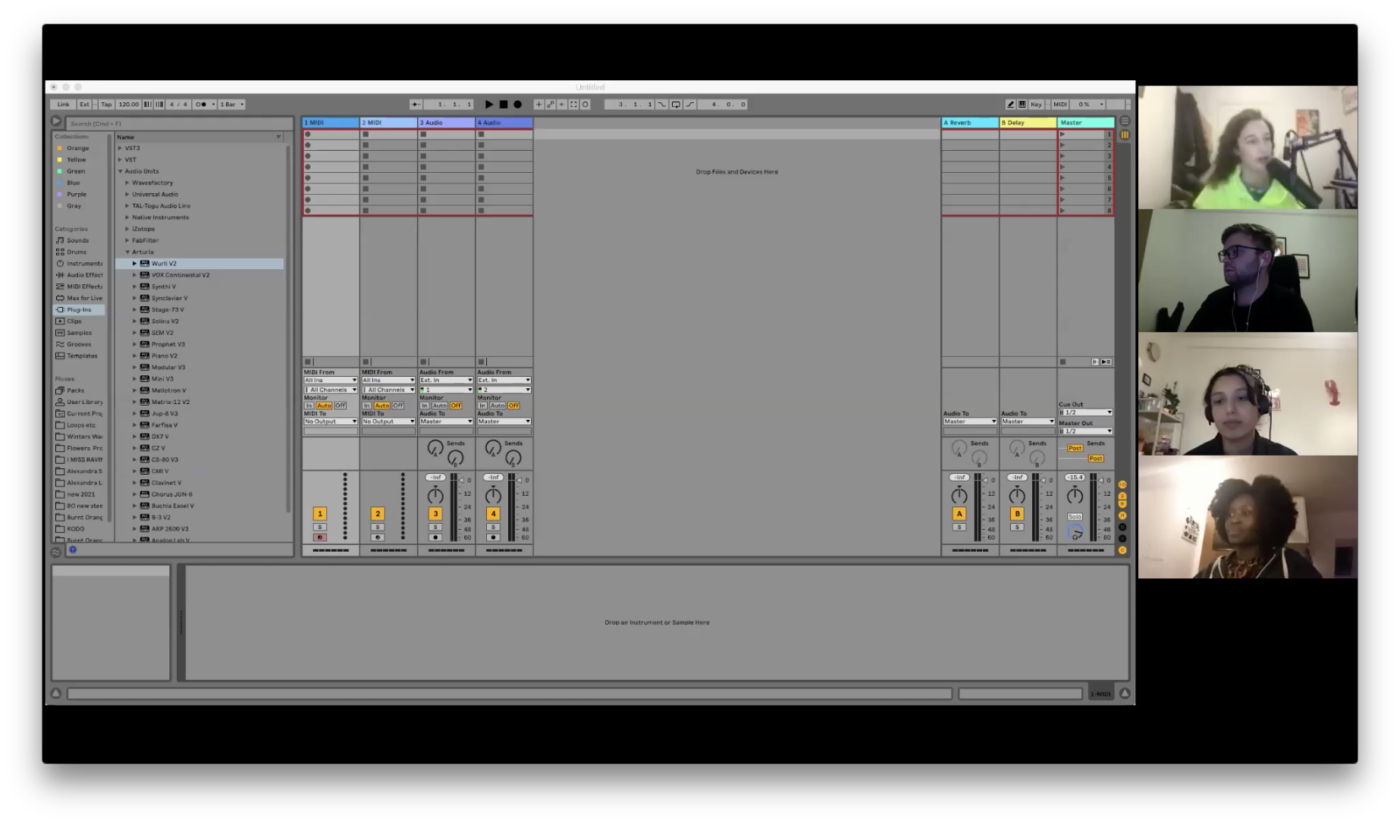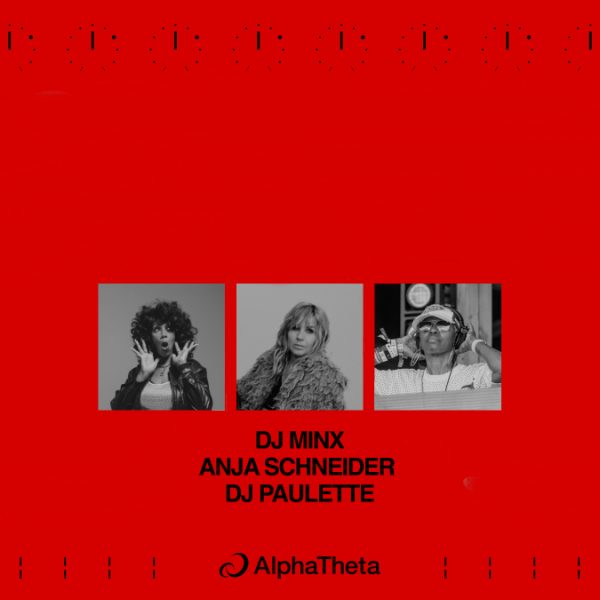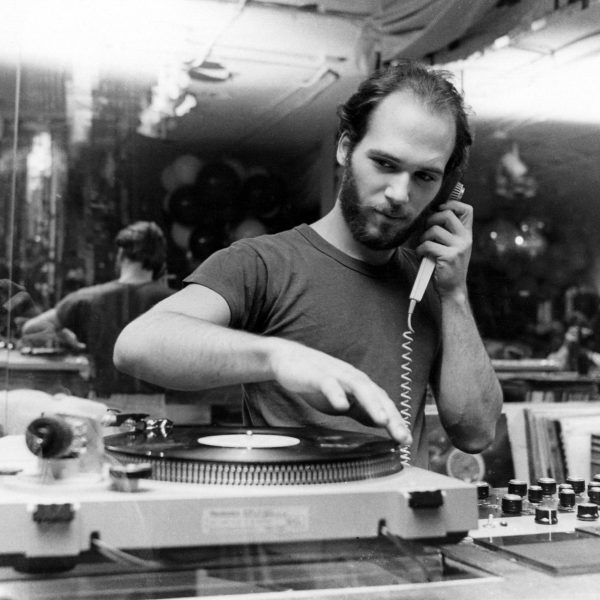Just like Chisholm was thinking before reading about Grimes, you’re unlikely to believe you can do something if you can’t see yourself in it. “You can’t be what you can’t see,” said Hill, a theme that ran through these interviews. “Representation matters when it comes to seeing yourself in roles that you may not have considered before,” said Gibbons. For Newman, when she was growing up, her hometown scene was made up entirely of male DJs. “I didn’t even know women DJs existed,” she said.
As Spalding explained, it’s also a process that goes on in our brain. “Seeing someone that looks like you do something or be something is actually one of the first ways that human beings synthesise their own ability. So often marginalised communities are getting messages very early on about all the places that they don’t belong, and all the ways they don’t fit. Of course that impacts the choices you make.”
With everything that’s been working against women producing music for all this time, how can aspiring artists gain the confidence they deserve? For Jamz, it again goes back to those formative years, and the characteristics we encourage or don’t encourage in women. For example, the idea that women shouldn’t be pushy or bossy, but men can be boisterous and a go-getter. “I think language and the emphasis that we put on people’s behaviour really has a knock-on effect,” she said.
“Maybe that’s how the guys just generally are, how they grow up,” Rebekah wondered aloud. Spalding, who describes herself as Black, queer and masculine presenting, laughed as she said, “One of my daily affirmations is like, ‘No matter how I wake up feeling, please let me go about my work today like a white man.'” If it means having the confidence to send that email, then think to yourself, ‘what would a man do?’”
Jamz agreed: “Even if you don’t think the music is quite there yet, just start the relationships. You never know what might come of it.” Utilise your connections, she continued. Share music with each other, build a network, get support.
Jamz is essentially describing the Metapop community that Sydney Blu is building for 23by23—somewhere for artists to talk about their experiences and learn from each other. A supportive community like this can then be used to build resilience against the fact that even the most prolific artists get told “no” sometimes, as both Scuffed and Newman mentioned. “Don’t take it personally,” Newman said. “If you get feedback take it as constructive criticism and don’t give up.”
Hill believes that one of the key ways in which labels can make themselves more approachable is by giving feedback. So often she would send her own demos and get no response. “There are some labels that say they’re too busy to give feedback,” she said. “Well, if you’ve got only men on your label, maybe you should make some time.”
Recruiting more women, trans and non-binary people into the label’s workplace can also make the environment more welcoming, said Jamz. If your A&R team is made up of only men, then you’re only getting one viewpoint. The more women in the room, the more those women will feel empowered to have a say, and ensure that women artists aren’t held to different standards than men, which is what Jamz has seen in her own experiences at the table in A&R meetings. “If you’re the only woman fighting for the women being discussed,” she explained, “then it feels like every time you say something you are being defensive. But you’re not, you’re just trying to get the room to unlearn the way it looks at these artists.”
Outreach is also vital for labels to become welcome spaces for non-male producers. Programmes like Scuffed’s artist development programme are a great way of telling people you are open to hearing their work. “It illustrates that something as simple as putting out a call specifically to non-male artists will get people to come because it makes them feel safe and acknowledged,” said Spalding.
Labels can also reach out to producers directly and ask to hear what they’re working on. “If it is important to them,” said Lizzy Ellis on behalf of Bristol-based music tech initiative Saffron, “labels should take active strides to find ‘minority’ artists and reach out to them. Don’t expect them to just fall into your lap without doing the necessary research and discovery yourself.” With Soma, Gibbons said, most of the women or gender non-conforming artists on the label are artists they have approached first.
Although there is work to be done, everyone I spoke to agreed that the environment has changed for the better in recent years. “It makes me super emotional,” said Rebekah. “Now I don’t see these people as threats, they’re my techno sisters. I see Jaguar, for instance, supporting women and they’re all having so much fun. It’s not even on their radar to be jealous of one another. We can all support one another and enjoy it.”
In the upper echelons of club music, boardrooms and release schedules remain overwhelmingly male. Although, as Gibbons noted, there are increasingly more women among the biggest artists in the world. But at a grassroots level, Jamz felt there are many more women involved industry-wide than there were a few years ago. “In some ways there’s more visibility than ever,” she said. “But we have to keep reminding people of the actual statistics. For every TSHA coming through, how many men have come through at the same time?”
